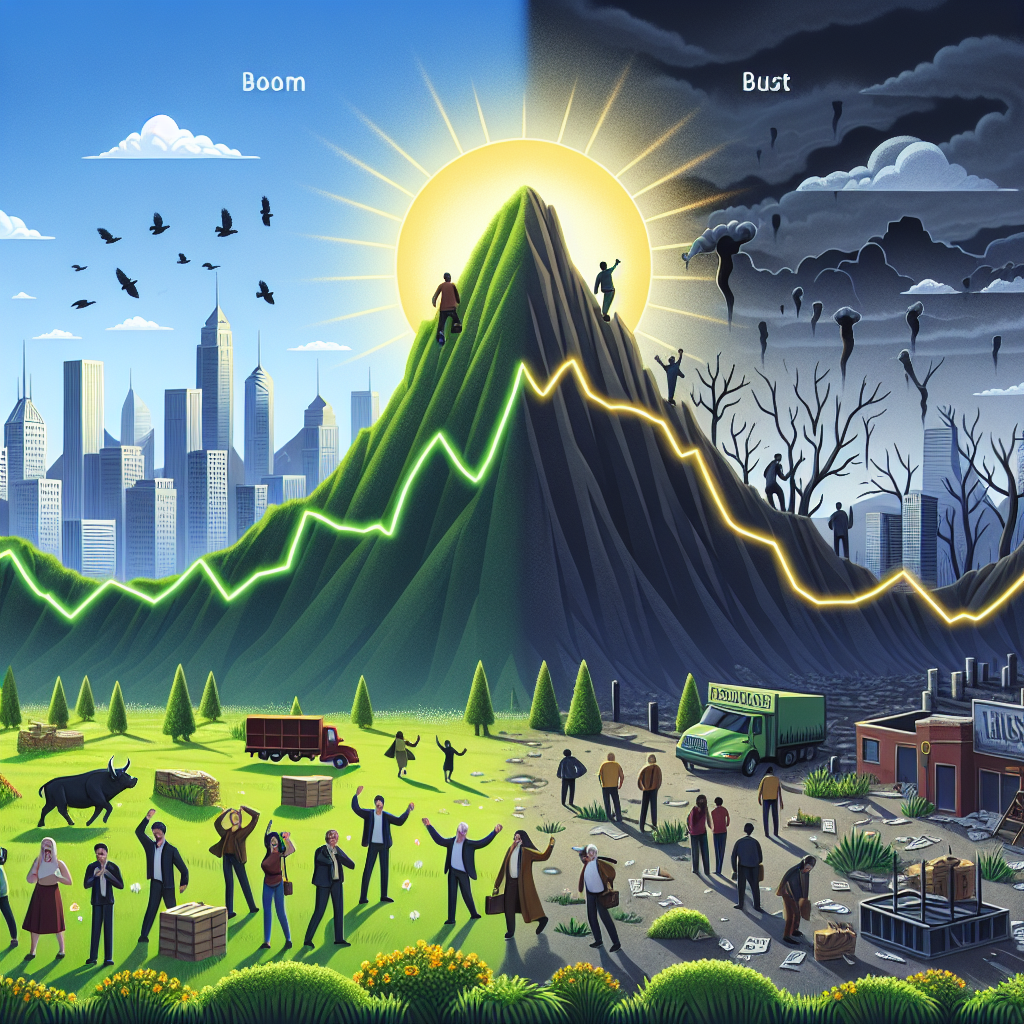Understanding Stock Market Cycles: From Boom to Bust
The stock market can sometimes feel like a complex beast, but with a bit of understanding, its cycles become much easier to navigate. The cycle from boom to bust is a natural part of market behavior, characterized by alternating periods of economic growth and decline. In this article, we will dissect the stock market cycles to help you understand the ride from peak to trough and back to peak again.
What are Stock Market Cycles?
Just like seasons, the stock market goes through cycles. These cycles are broadly categorized into four stages: accumulation, uptrend (or mark-up), distribution, and downtrend (or mark-down). Think of it as the lifecycle of a very moody but lucrative pet.
The Accumulation Phase
The accumulation phase occurs after the market has bottomed out. It’s the period where savvy investors, like those who can spot a hidden gem in a pile of rocks, start buying stock at low prices. Market sentiment is usually bearish, meaning the broader public isn’t yet excited about the market—probably too busy swiping through the latest meme stocks! During this phase:
- Bargain hunters and institutional investors come in.
- Prices are relatively stable and low.
- Volume is typically low.
The Uptrend (Mark-Up) Phase
As more investors recognize that prices won’t go any lower, we enter the uptrend phase. Picture this stage as the market putting on its running shoes and getting ready for a marathon. This stage is usually characterized by rising prices and increased buying activities. Here’s what happens:
- Higher trading volumes.
- Increased media coverage and enthusiasm.
- Rising prices and generally bullish sentiment.
The Distribution Phase
The distribution phase is where the pros start to exit their positions, selling stock to latecomers who have just noticed the hype. It’s like the final scene of a blockbuster movie when the hero decides to retire while the new generation takes the spotlight. During this phase:
- Market sentiment remains optimistic.
- Prices may reach a plateau.
- Higher volatility.
The Downtrend (Mark-Down) Phase
Finally, we enter the downtrend phase, where prices begin to fall, and the market sentiment becomes pessimistic. Investors who failed to sell during the distribution phase often find themselves clutching their portfolios like a sinking ship. In this phase:
- Selling pressure outweighs buying interest.
- Prices decline steadily.
- Market sentiment turns bearish.
Navigating Boom and Bust: Key Takeaways
Understanding these cycles can help you make better investment decisions. Here are a few key takeaways to keep in mind:
- Stay Informed: Keep up with market news and trends. For those interested in the crypto space, checking out some of the best Crypto Telegram Channels can provide invaluable insights and timely updates.
- Diversify: Don’t put all your eggs in one basket. Diversification can help mitigate risks associated with market cycles.
- Have a Plan: Knowing when you intend to enter and exit can save you from emotional decisions that lead to losses during a market downturn.
Conclusion
Stock market cycles are an inevitable part of investing. By understanding the phases of accumulation, uptrend, distribution, and downtrend, you can better anticipate market movements and make more informed decisions. Whether you’re a seasoned investor or just starting, staying informed and having a solid strategy will always be your best allies.
And remember, for those keeping an eye on crypto markets, following popular Crypto Telegram Channels can keep you ahead of the curve with the latest trends and updates.
Happy investing and may your portfolio always be green!


